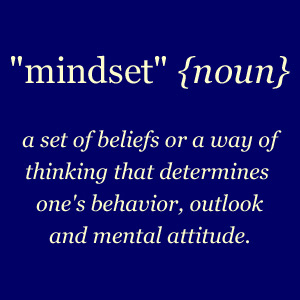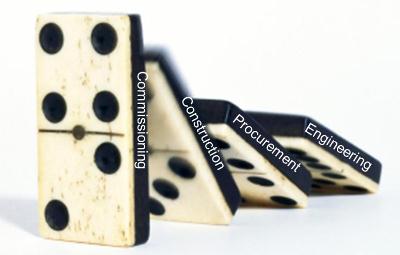Crude Estimates of Possible Project Overrun
Project planning is systemically always optimistic. It supposes that tasks are handed over between contributors without any inefficiency, that resources are fully available when they are needed, and even sometimes are not resources loaded so that they are quite unrealistic! What should then be a rule of thumb when it comes to project delays?
 In our new White Paper 2013-09 Crude Estimates of Possible Project Overrun we discuss this issue and the fact that we consider that the basic delay that can be expected is generally, on the order of 15 to 20% of the initial project duration.
In our new White Paper 2013-09 Crude Estimates of Possible Project Overrun we discuss this issue and the fact that we consider that the basic delay that can be expected is generally, on the order of 15 to 20% of the initial project duration.
The White Paper discusses the factors that are favorable and unfavorable for recovery for a particular project.
Unless the project industry makes some efforts to ban competition on the basis of overly optimistic schedules, Owners and Contractors alike must expect significant schedule and cost overruns from their complex projects. The paper gives indications as to what could be done to improve the reliability of project schedules. At Project Value Delivery, we work to explain to Owners and Contractors alike how implementing those good practices at an early stage could avoid so much disappointment and conflicts later. Read our new White Paper 2013-09 Crude Estimates of Possible Project Overrun and join us in this movement seeking to establish less optimistic schedules for large, complex projects!










What to Look at When Conducting a Schedule Statistical Analysis
We have observed that Schedule Statistical Analysis, when implemented, is often interpreted wrongly or does not bring the expected value. Beyond the obvious results (finish date) however, such an analysis can bring troves of useful information, through a deeper understanding of the project schedule’s drivers. In particular, Schedule Statistical Analysis can be used to identify improvements that can significantly enhance the robustness of a project schedule. In our new White Paper 2013-10 we explain what you should really look at when conducting a Schedule Statistical Analysis (SSA) – and how such an analysis should be conducted.
We believe that the most important result is to understand how robust the critical path of the deterministic schedule really is. The White Paper gives key tips in how to improve the resilience of the project schedule based on the SSA result.
A very large proportion of our clients do not use Schedule Statistical Analysis (SSA) properly, and do not look at the right results. This tends to diminish the value of SSA in the eye of decision-makers.
This latest White Paper 2013-10 shows in detail what is the right approach for SSA and what are the types of results that can be – and cannot be – expected. As with any tool, SSA is a very powerful tool if its limitations are properly understood as well as what type of understanding it can really bring.